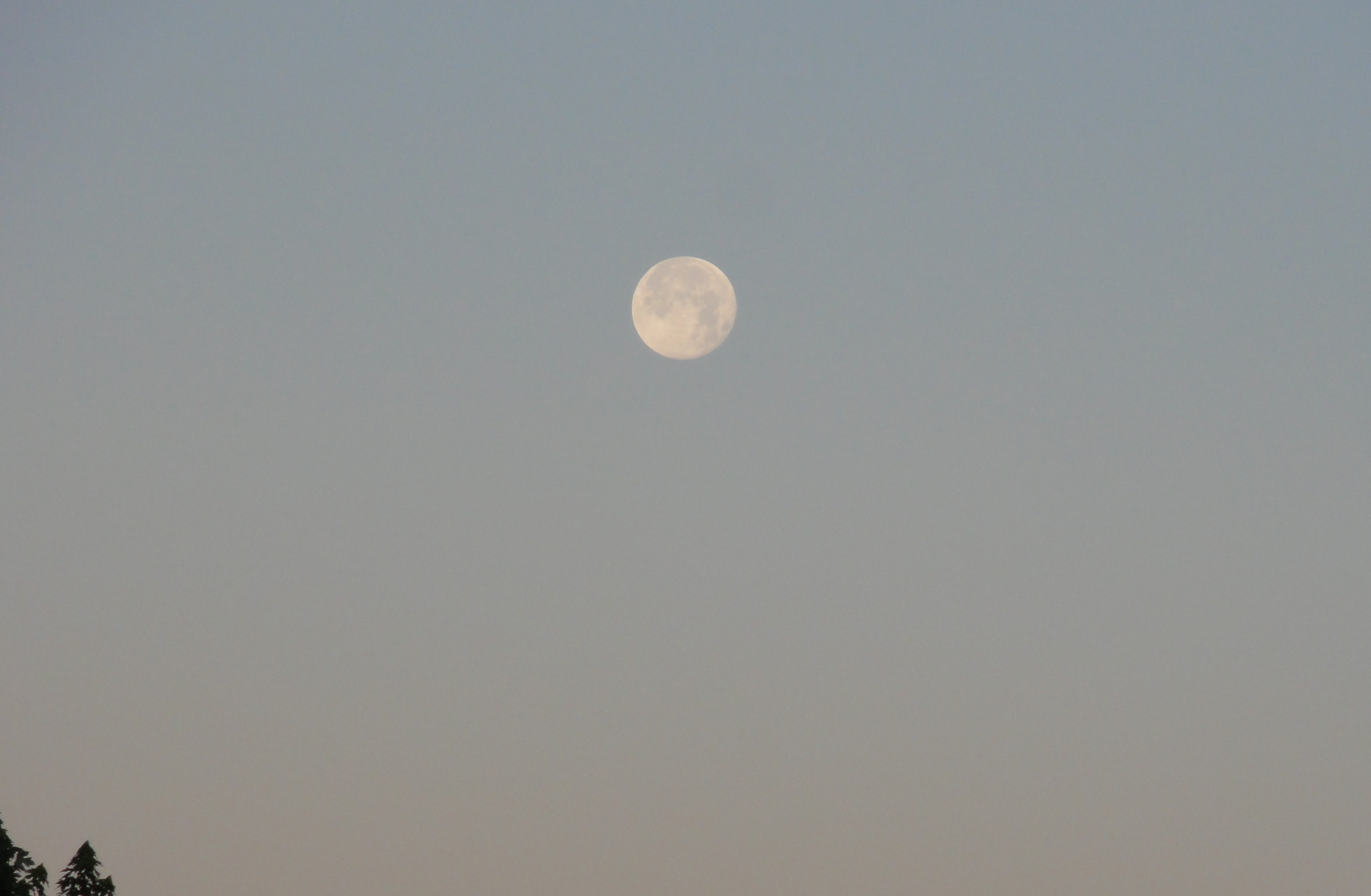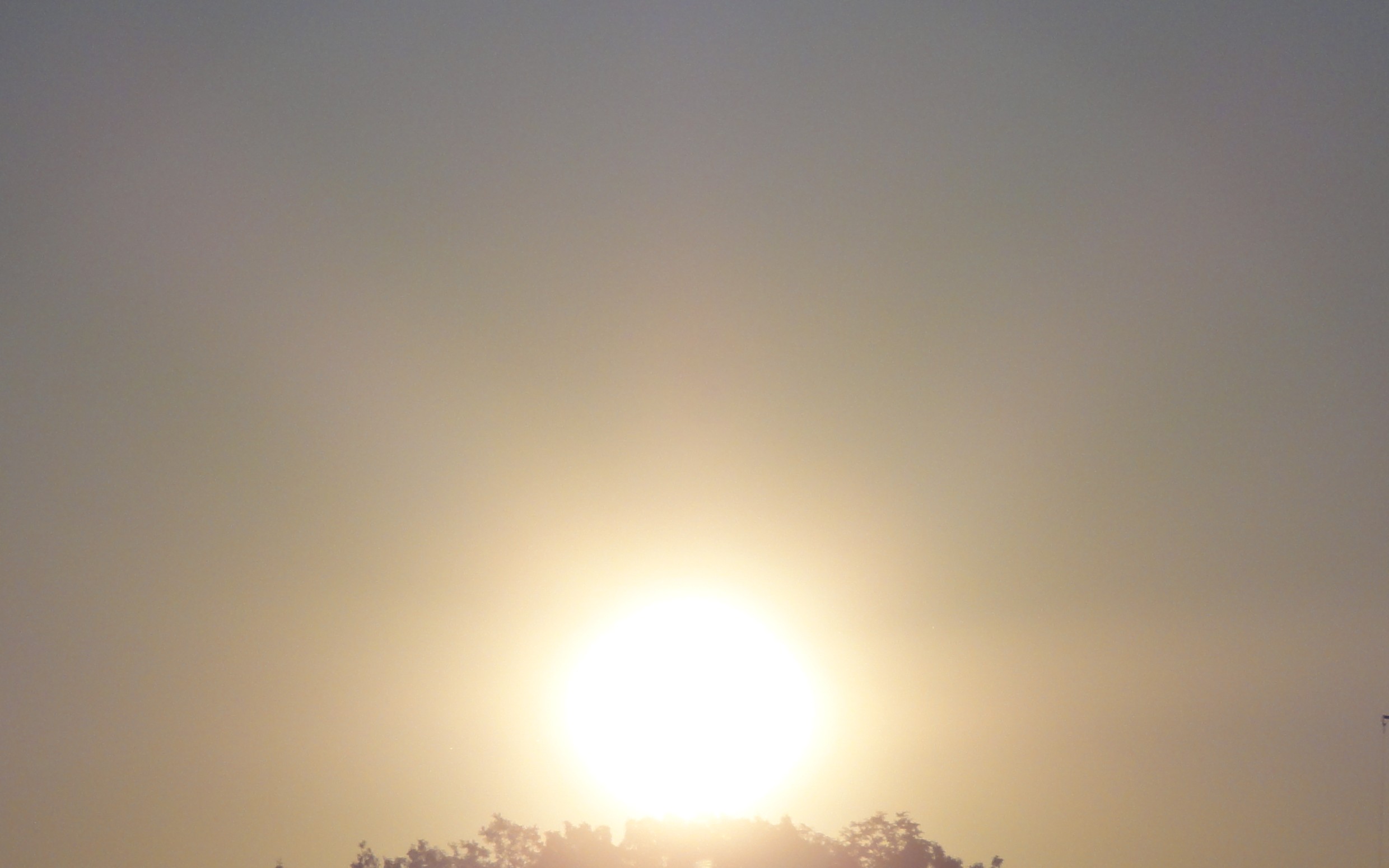Good morning!
On the way here we could see the full moon in the west and the brilliant morning sun just rising in the east.
Hibiscus are now blooming here and the Buddha and candlelight are at the altar, when we came in.
Bussoge saki
Mangetsu nishini
Hi-wa higashi
仏桑華咲き
満月にしに
日はひがし
Blooming hibiscus,
The full moon in the west,
The sun in the east.
The Buddha’s birthday and awakening day are on half moon days (April 8, Dec. 8); his and our ancesters’ parinirvana, passing away, days are on full moon days (Feb. 15, Aug. 15).
Behind and beyond the changing phases of the moon is always the full moon, like a round mirror.
Whenever we sit solid and serene in zazen, we can enjoy the wholly wholesome world and way.
6/5/12
Note: Obon (お盆) is the abridgement of Urabon (盂蘭盆: Ullambana, originally Ava-lambana, hanging upside down, expressing extreme suffering, originally perhaps in general, but later on in particular for the deceased, preta, especially in hell or nadir, naraka or nilaya). Now offerings are made for the ancestors’ spirits, but historically the offerings were for renunciants after the conclusion of the ango (安居: three month rain retreat, intensive collective practice of zazen, lit. safe stay) or u-ango (雨安居, lit. rain safe stay), perhaps in combination with the merit transfer for the deceased on July 15 (now in most places Aug. 15, according to the solar calendar – the above dates may be one month earlier in the lunar calendar).


